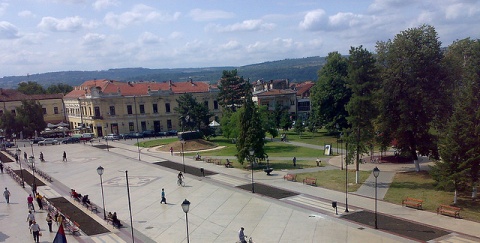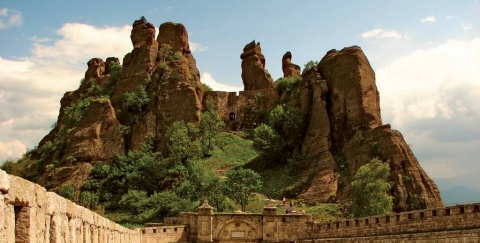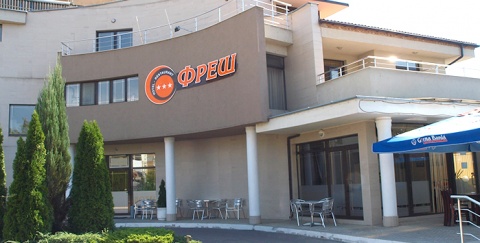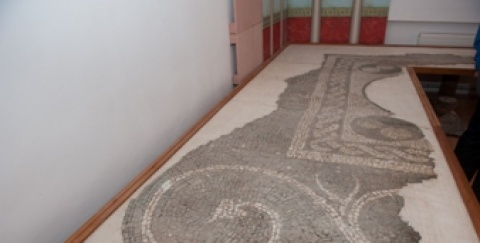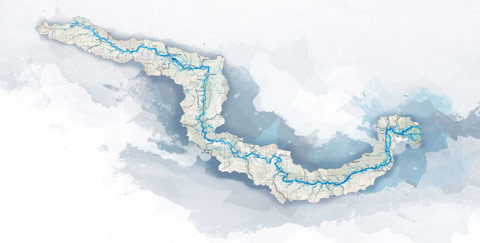
Kaleto (Turkish fortification, fortress) is a complex of defensive installations built by the Ottomans on land and along the Danube. It was established when the Austro-Hungarian Danube fleet of the Habsburg Empire threatened the Ottoman forces during the temporary occupation of the city (end of 17th, beginning of 18th centuries). The stronghold was constructed according to the so-called Bobanova, designed by French and Polish engineers in Turkish employment. The large scale wall fortification was used, along with the fortified town of Calafat and the island of the same name, to close the entrance to the Lower Danube area against enemies. Two Ottoman inscriptions at the city gates name Mustafa Aga as the main architect. The fortress surrounded the whole old town of Vidin with a radius of 900m, and – most importantly – along the river Danube. Walls and five city gates were established. The so-called Danube kapii (gates) were called Aralak, Top, Sarah, Telegraph and Syurgyun. The river walls along the Danube had small watch-towers. Baba Vida fortress became the main military citadel within it. The place was eminent: in winter time, the Turkish Danube Navy anchored in front of it.
The walled city itself had four gates (kapii): Stambol (Istanbul), Marketplace (Lounge), Enitchar (Trash) and Florentin Gate. A moat (18m wide, 5-6m deep) once protected the city wall, which also had eight bastions. While each gate had a wooden bridge, Stambol (Istanbul) Gate had a stone bridge over a pool (read also section Vidin, Sightseeing).
DANUBE.TRAVEL has no control over the website content generated by users and/or visitors, neither such content represents a statement, opinion, recommendation or rating by DANUBE.TRAVEL. For further information please refer to DANUBE.TRAVEL – General Website Terms and Conditions of Use.
Places near this location
Where to stay
What to do
Wines and wine making for the enthusiast in the Vidin region
A wine holiday for the amateur or enthusiast. A h...
 EN
EN DE
DE

